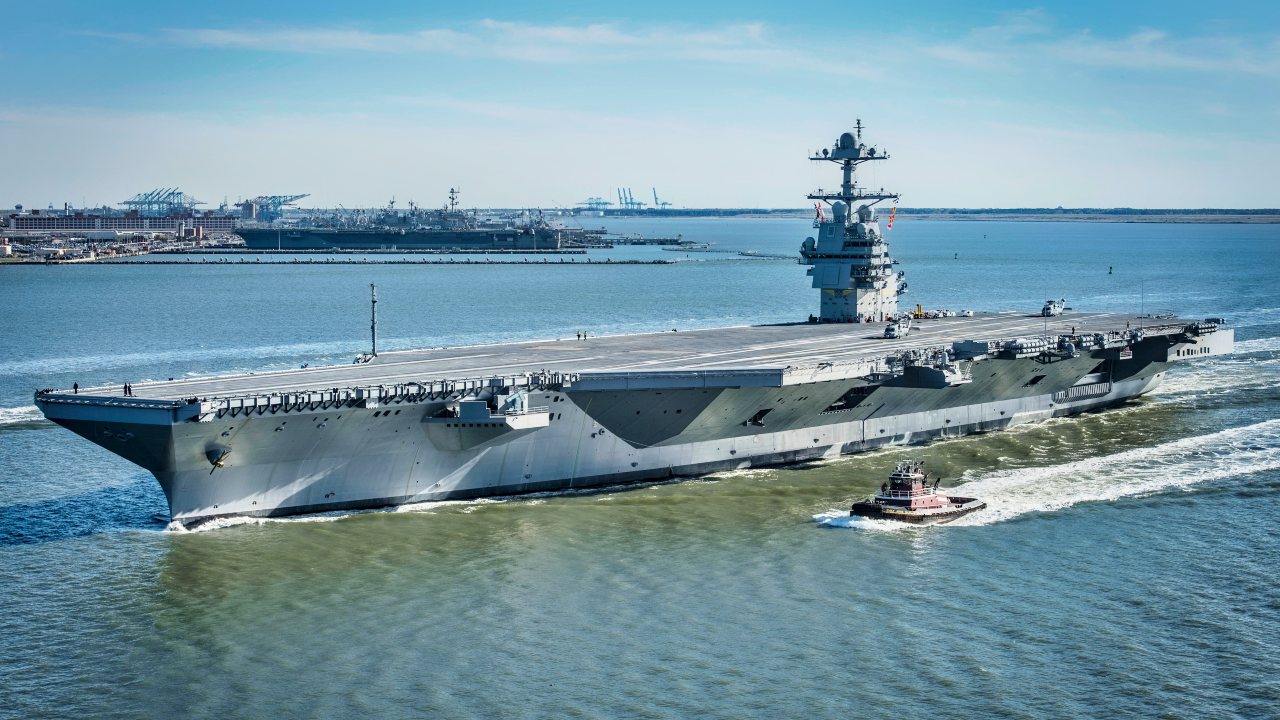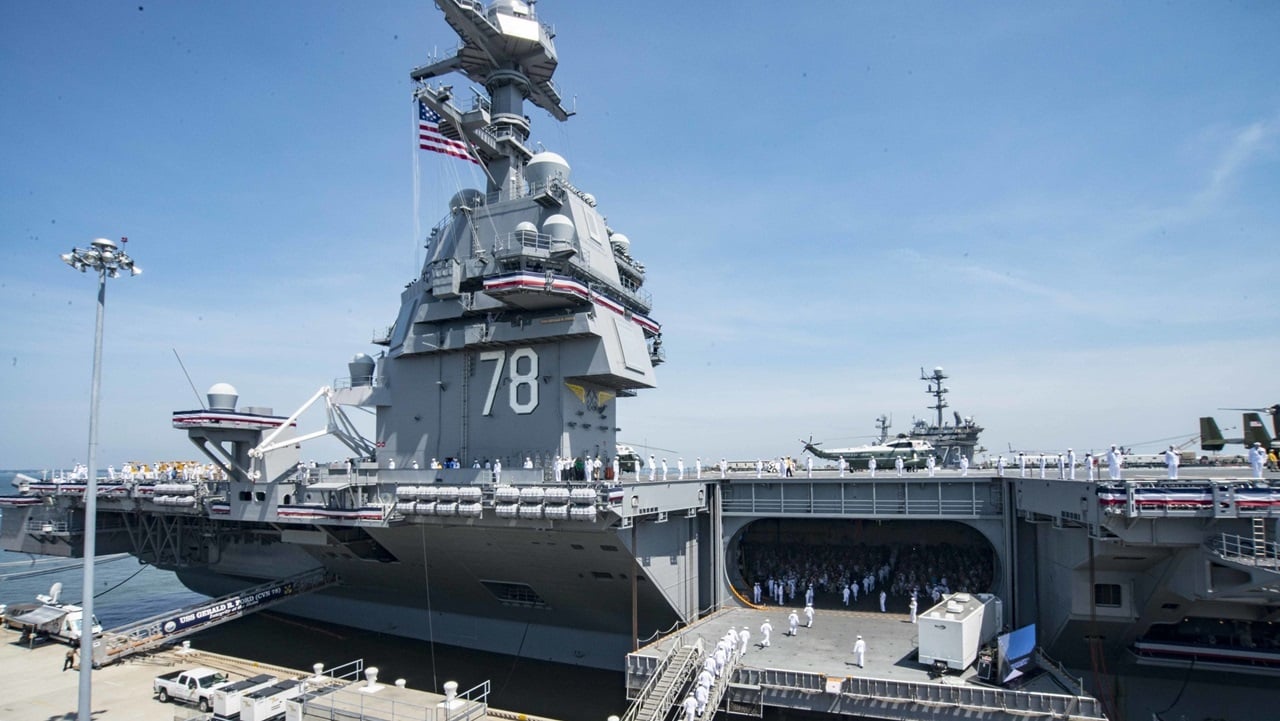USS John F. Kennedy (CVN-79): This Looks Like the Most Lethal Aircraft Carrier Ever
The USS John F. Kennedy (CVN-79), the second Ford-class aircraft carrier, faces delays and is now expected to join the U.S. Navy by 2025. The good news is this carrier looks historic in terms of its firepower.
What You Need to Know: The USS John F. Kennedy (CVN-79), the second Ford-class aircraft carrier, faces delays and is now expected to join the U.S. Navy by 2025.

-The Ford-class carriers, including the Kennedy, incorporate advanced technologies like the Electromagnetic Aircraft Launch System (EMALS) and Advanced Arresting Gear (AAG), enabling them to launch 25% more sorties than their predecessors.
-Additionally, these ships generate significantly more electrical power, enhancing their capabilities. Despite setbacks, the Kennedy will support the Navy’s missions in the Indo-Pacific, particularly against rising tensions with China, once it becomes fleet-ready and can field advanced fighters like the F-35C.
USS John F. Kennedy's New Ford-Class Aircraft Carrier, Explained
Like many of the U.S. Navy’s upcoming projects, the service’s latest Ford-class aircraft carrier is experiencing delays. The USS John F. Kennedy (CVN-9) was initially expected to reach fleet readiness by 2022, however, the warship is now slated to be delivered in 2025 at the earliest. As the Navy’s newest class of aircraft carriers, the Ford ships are equipped with the latest and greatest capabilities. Once operational, the Kennedy will join the Pacific Fleet to support the Navy’s missions in the Indo-Pacific amidst escalating tensions with China in the South China Sea.
Introducing the Ford-Class
In all, the Navy plans to procure ten nuclear-powered aircraft carriers from the Gerald R. Ford class. The lead ship of the class, Gerald R. Ford, was commissioned in 2017 and replaced the Enterprise (CVN-65). As her sister ships are introduced, the service’s aging Nimitz-class ships will be phased out. The Ford carriers are being developed to feature a more efficient design than its predecessor. Specifically, the incorporation of an Electromagnetic Aircraft Launch System (EMALS) and an Advanced Arresting Gear (AAG) will set this class apart.

With these cutting-edge features in place, the Ford carriers are capable of launching twenty-five percent more sorties than the Nimitz class. Additionally, the Ford ships generate triple the amount of electrical power due to their new Bechtel A1B reactor. In terms of armament power, the Ford ships are also superior to their predecessors. The U.S. Navy outlined a requirement for a minimum increase of 150 percent in the power-generating capacity for the new class compared to the Nimitz ships, according to Naval Technology.
What’s the Deal with the Ford-class Delays?
Considering the prowess the Ford-class ships will provide the Navy out at sea, the timely arrival of the USS John F. Kennedy should be a top priority for the service. The U.S. Naval Institute had disclosed that the ship’s delay to service occurred so that the Navy “could alter the ship’s Post Shakedown Availability (PSA) and perform more work during construction.”
The Navy’s budget documents explained that “the Navy is implementing a strategy to pull baseline work from the Post Shakedown Availability (PSA) into the construction period to provide more capability at ship delivery.”
Initially, the Kennedy was not capable of fielding the Navy’s newest strike fighter: the F-35C Lightning II.
Since the Pentagon was pouring billions of dollars into funding this new carrier, Congress insisted that Kennedy be equipped to deploy the fifth-generation fighter. The Ford class will serve as a critical component of the Navy’s war strategy if an all-out conflict with China unfolds shortly. Therefore, it would be silly for the carrier to not be able to field the service’s top-of-the-line stealth fighter platform.
Once the remaining Ford-class ships like John F. Kennedy achieve fleet readiness, the Navy will undoubtedly be better equipped to contend with rising geopolitical threats across the globe in both the South China Sea and Red Sea alike.
About the Author: Maya Carlin
Maya Carlin, National Security Writer with The National Interest, is an analyst with the Center for Security Policy and a former Anna Sobol Levy Fellow at IDC Herzliya in Israel. She has by-lines in many publications, including The National Interest, Jerusalem Post, and Times of Israel. You can follow her on Twitter: @MayaCarlin.
Image Credit: Creative Commons and/or Shutterstock.


